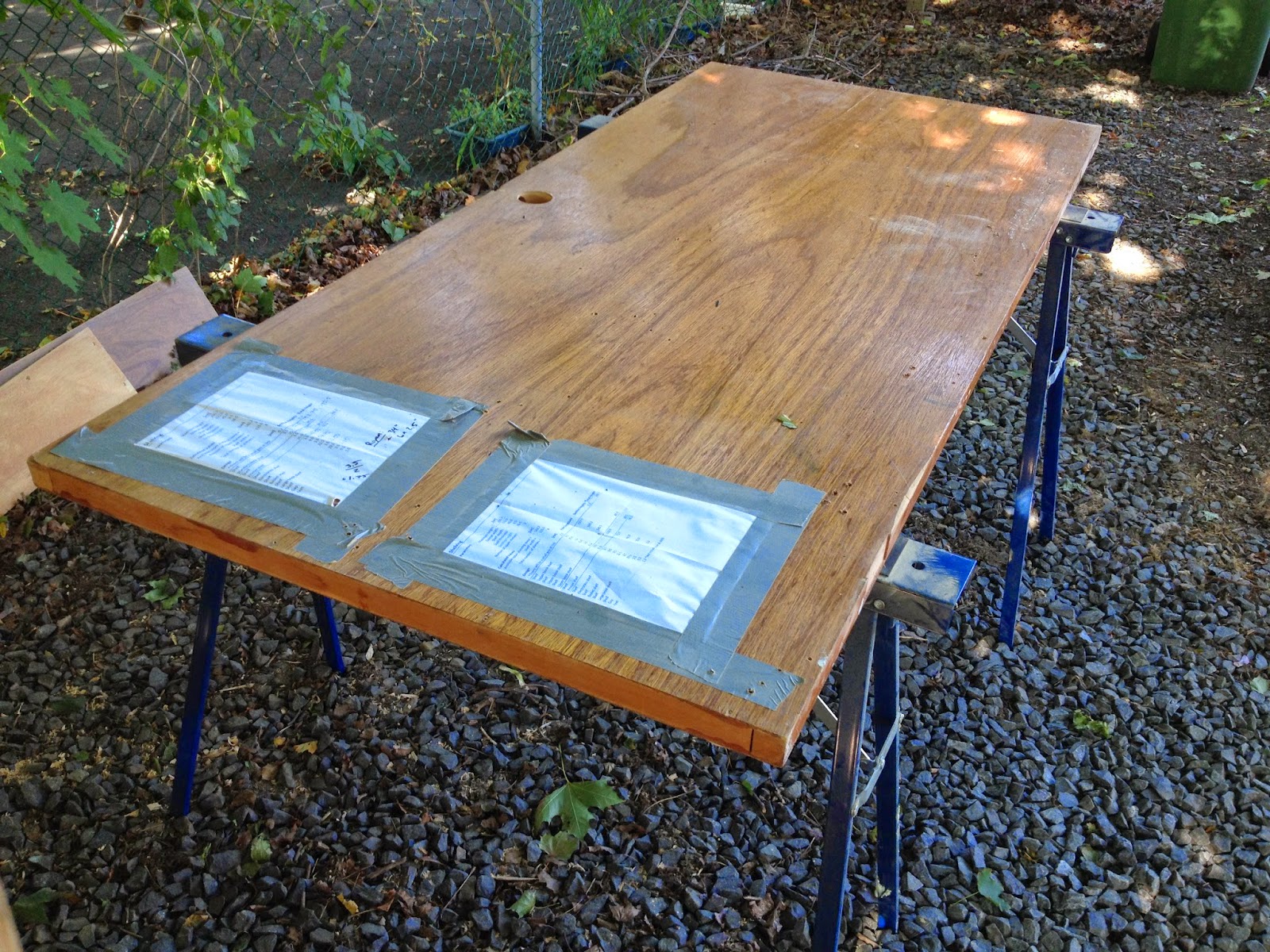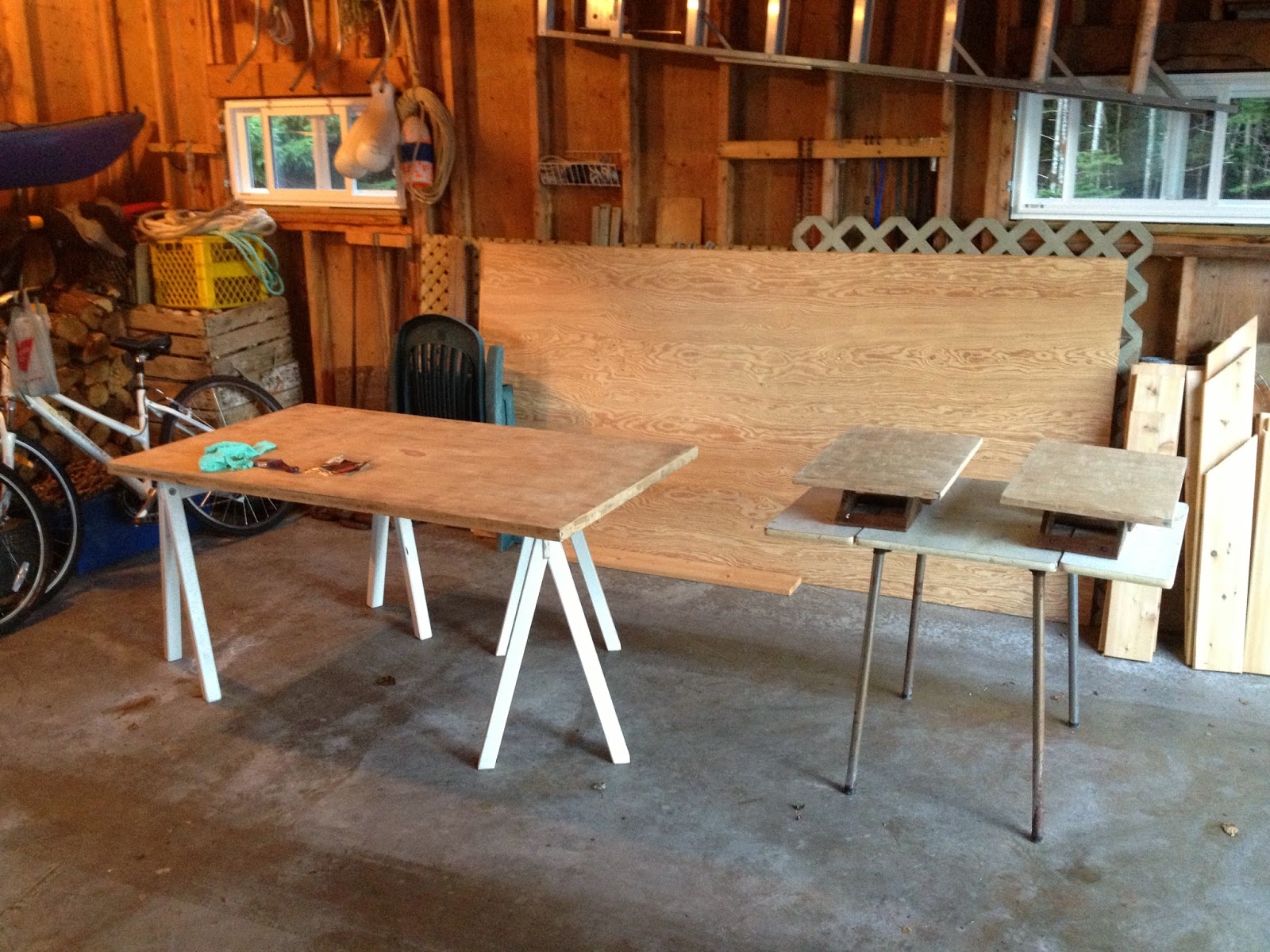I decided to get Ali a Christmas tree for her present this year. Since I didn't feel like buying a stand I cranked out a design in SolidWorks. This also let me trial an idea I had for easily manufacturing my CAD designs - more on that later.
After a couple concepts I arrived at a design:
The central ring is broken down into into 120 degree segments, this allowed me to use the smaller pieces of scrap wood in the workshop and mitigate weak spots around the ring due to grain direction. The central hole was specified to accommodate an old stainless steel camping bowl that was given to me by a friend - Fiona -for helping her sell her worldly goods prior to leaving Nova Scotia to teach English in south east Asia.
Now for the innovation: having lost many an hour drawing cut-lines into a block of wood like some sacred tablet, only to have something be just a little off and have to do the whole thing over again; I wanted to find a way to quickly perform design iterations on wood pieces, so I decided to make stickers! I found a spray adhesive that was capable of forming temporary bonds and printed 1:1 scale CAD draft files that I cut out and stuck to my work-piece, in this case some scrap cedar.
I had cut out the paper profiles exactly along the lines - a detailed effort that was not required, the rough outline would have sufficed and been more in keeping with my 'expedient' concept, next time. Regardless, it worked great! The stickers remained in place during the cutting but peeled off easily afterwards.
The stepped design of the legs allowed me to have flat surfaces to drill the screw holes and mechanical interlocking of the legs and ring. I used dowel joints (turns out dowel centers are handy things) for the ring segments and got lucky with the jaw width of my clamps:
Oh, and notice my drop-cloth, it is an old shower curtain - best drop-cloths I have tried yet, and cheap if you reuse the old grubby one you replaced in the bathroom.
Then it was time to install the tree, which was hand picked by moi at 1:00 am via headlamp in my parents back yard - sorry dad if you were fond of that tree. The adjustable positioning screws - which were salvaged off old closet doors my apartment was trowing out - did their job, as did the levered design of the legs - the down-force of the tree causes them to pinch inwards at the top; but alas it would not stay up, the metal bowl lacked the usual central spike to fix the stump. After considering putting a hole for a screw through the bowl (and attempting to, to the demise of a drill bit), I came up with a non-destructive and likely less-leaky solution: a cut and bent tomato can lid.

No, I don't eat rusty tomatoes, these pictures were taken after the tree was taken down. The fix made the tree rock solid in the stand and the bowl avoided a new existence as a very sad colander.

















































